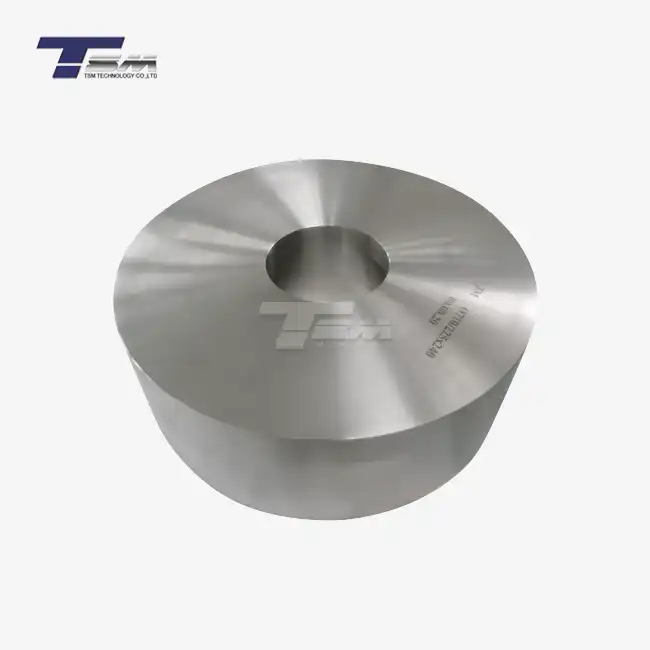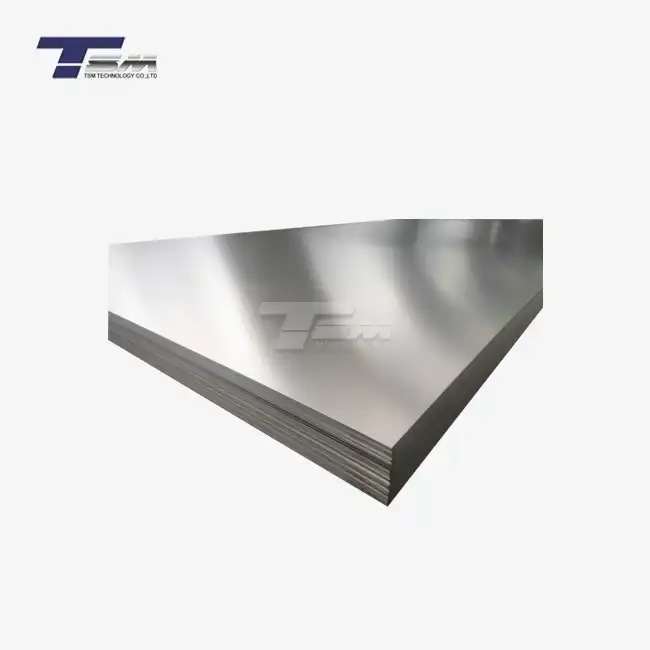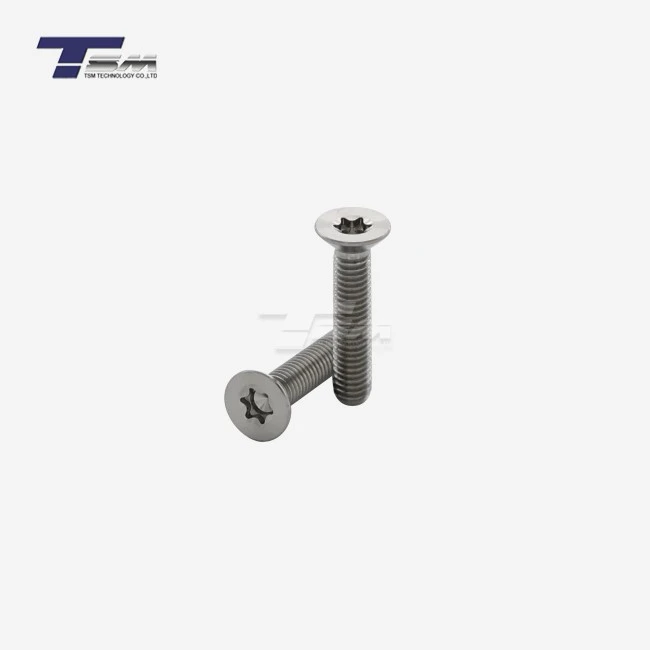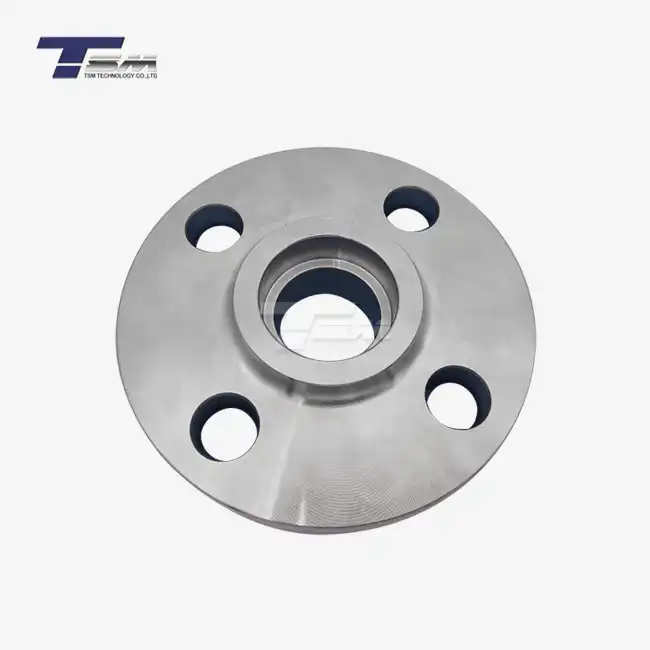- English
- French
- German
- Portuguese
- Spanish
- Russian
- Japanese
- Korean
- Arabic
- Greek
- German
- Turkish
- Italian
- Danish
- Romanian
- Indonesian
- Czech
- Afrikaans
- Swedish
- Polish
- Basque
- Catalan
- Esperanto
- Hindi
- Lao
- Albanian
- Amharic
- Armenian
- Azerbaijani
- Belarusian
- Bengali
- Bosnian
- Bulgarian
- Cebuano
- Chichewa
- Corsican
- Croatian
- Dutch
- Estonian
- Filipino
- Finnish
- Frisian
- Galician
- Georgian
- Gujarati
- Haitian
- Hausa
- Hawaiian
- Hebrew
- Hmong
- Hungarian
- Icelandic
- Igbo
- Javanese
- Kannada
- Kazakh
- Khmer
- Kurdish
- Kyrgyz
- Latin
- Latvian
- Lithuanian
- Luxembou..
- Macedonian
- Malagasy
- Malay
- Malayalam
- Maltese
- Maori
- Marathi
- Mongolian
- Burmese
- Nepali
- Norwegian
- Pashto
- Persian
- Punjabi
- Serbian
- Sesotho
- Sinhala
- Slovak
- Slovenian
- Somali
- Samoan
- Scots Gaelic
- Shona
- Sindhi
- Sundanese
- Swahili
- Tajik
- Tamil
- Telugu
- Thai
- Ukrainian
- Urdu
- Uzbek
- Vietnamese
- Welsh
- Xhosa
- Yiddish
- Yoruba
- Zulu
What is Powder Metallurgy? What is Sintering Process in Powder Metallurgy?
Powder metallurgy is a versatile manufacturing technique that transforms metal powders into solid, high-performance components through a series of controlled processes. It's widely used to create intricate parts with exceptional precision, especially for industries requiring durable materials like nickel-based alloys. A key step in this method is the sintering process, where compacted metal powders are heated below their melting point to bond particles together, enhancing strength and structural integrity. This approach is ideal for crafting components from advanced materials, such as Monel, Inconel, and Hastelloy, ensuring superior performance in demanding applications. By leveraging powder metallurgy, manufacturers achieve unparalleled design flexibility and material efficiency, making it a cornerstone of modern engineering.
Unpacking the Basics of Powder Metallurgy
Powder metallurgy is a fascinating realm of manufacturing that offers unique advantages, especially when working with high-performance materials. Let's dive into the essentials of this process, its benefits, and why it's a game-changer for industries relying on specialized metals.

The Core Principles of Powder Metallurgy
At its heart, powder metallurgy involves transforming fine metal powders into solid, functional components. The process begins with the production of metal powders, which are meticulously blended to achieve the desired composition. These powders, often derived from robust materials like nickel-based alloys, are then compacted into a specific shape using high-pressure tools. The compacted form, known as a “green compact,” is subsequently heated in a controlled environment to bond the particles, creating a cohesive, durable structure. This method is prized for its ability to craft intricate geometries that would be challenging or costly to produce using traditional techniques.
Advantages of Using Powder Metallurgy for Specialized Metals
One of the standout benefits of powder metallurgy is its capacity to work seamlessly with advanced materials, such as those used in precision engineering. For industries requiring components made from nickel alloys like Inconel or Hastelloy, this technique offers unparalleled material efficiency, minimizing waste while maximizing performance. The process also allows for precise control over the final product's properties, such as porosity, density, and mechanical strength. This precision is invaluable for applications where reliability under extreme conditions - think aerospace or chemical processing - is non-negotiable. Additionally, powder metallurgy supports the creation of components with uniform microstructures, ensuring consistent quality across batches.
Applications of Powder Metallurgy in High-Performance Industries
The versatility of powder metallurgy makes it indispensable across a range of sectors. In aerospace, it's used to fabricate lightweight, heat-resistant parts that withstand punishing environments. In the energy sector, components crafted through this method are integral to systems requiring corrosion-resistant materials, such as those made from Monel or Incoloy. Machine shops also benefit, as powder metallurgy enables the production of custom tools and dies with intricate designs. By leveraging this technique, manufacturers can meet the stringent demands of global industries, delivering components that excel in both form and function.
Exploring the Sintering Process in Powder Metallurgy
Sintering is the linchpin of powder metallurgy, transforming loose, compacted powders into robust, functional parts. This process is both an art and a science, requiring precise control to achieve optimal results. Let's delve into the mechanics of sintering, its critical role, and how it enhances the performance of specialized metals.
The Mechanics of Sintering: How It Works?
Sintering involves heating compacted metal powders to a temperature below their melting point in a controlled atmosphere, typically within a furnace. During this stage, particles bond through diffusion, where atoms migrate across particle boundaries, forming strong interparticle connections. This bonding eliminates voids, increases density, and enhances the component's mechanical properties, such as tensile strength and hardness. For materials like nickel-based alloys, sintering is tailored to preserve their unique characteristics, ensuring the final product retains its corrosion resistance and thermal stability. The result is a component that's both structurally sound and ready for demanding applications.
The Role of Sintering in Enhancing Material Properties
Sintering isn't just about bonding particles - it's about unlocking the full potential of the material. For high-performance metals, this process is crucial for achieving the desired microstructure, which directly influences properties like durability and wear resistance. By carefully controlling sintering parameters, such as temperature, time, and atmosphere, manufacturers can fine-tune the final product's characteristics. In the case of alloys like Hastelloy, sintering ensures the material's ability to withstand aggressive chemical environments, while for Inconel, it bolsters heat resistance. This precision makes sintering indispensable for industries where material performance is paramount, from aerospace to oil and gas.
Challenges and Innovations in Sintering Technology
While sintering is highly effective, it's not without its challenges. Achieving uniform heating across complex geometries can be tricky, and improper sintering can lead to defects like warping or incomplete bonding. However, advancements in technology are addressing these hurdles. Modern sintering furnaces now feature sophisticated controls for temperature and atmosphere, ensuring consistent results even with intricate designs. Innovations like spark plasma sintering are also gaining traction, offering faster processing times and enhanced material properties. For manufacturers working with advanced alloys, these developments mean greater efficiency and the ability to push the boundaries of what's possible in component design.
Why Powder Metallurgy and Sintering Matter for Advanced Alloys?
The synergy between powder metallurgy and sintering is particularly impactful when working with advanced materials. For industries relying on nickel-based alloys, these processes offer a pathway to innovation, efficiency, and excellence. Let's explore why this combination is so vital, how it supports quality control, and its role in shaping the future of manufacturing.
Tailoring Powder Metallurgy for Nickel-Based Alloys
Nickel-based alloys, such as Monel, Inconel, Incoloy, and Hastelloy, are prized for their exceptional resistance to corrosion, heat, and wear. Powder metallurgy is uniquely suited to harness these properties, allowing manufacturers to create components with precise compositions and tailored performance. The process begins with the careful selection and blending of metal powders, ensuring the final product meets exacting standards. Compaction and sintering then transform these powders into parts that retain the alloys' inherent strengths, making them ideal for applications in harsh environments, such as marine, chemical, and aerospace sectors. This tailored approach is a cornerstone of precision engineering.
The Importance of Quality Control in Alloy Manufacturing
When dealing with high-stakes materials, quality control is paramount. Powder metallurgy and sintering offer a controlled, repeatable process, but rigorous inspection is essential to ensure excellence. Each stage - from powder production to final sintering - must be meticulously monitored to prevent defects and ensure consistency. For components made from specialized alloys, this might involve advanced techniques like X-ray diffraction to analyze microstructure or mechanical testing to verify strength. Manufacturers committed to excellence, like those supplying global markets, implement stringent inspection protocols, ensuring every part meets the highest standards. This dedication to quality is what sets industry leaders apart in the competitive world of alloy manufacturing.
The Future of Powder Metallurgy and Sintering in Alloy Innovation
The landscape of powder metallurgy and sintering is evolving, driven by the demand for ever-more advanced materials. Researchers are exploring new alloy compositions, such as high-entropy alloys, which promise even greater performance in extreme conditions. At the same time, additive manufacturing techniques are being integrated with powder metallurgy, enabling the creation of complex, near-net-shape components with minimal waste. Sintering technologies are also advancing, with innovations like microwave sintering offering energy-efficient alternatives to traditional methods. For industries relying on nickel-based alloys, these developments signal a future of greater efficiency, sustainability, and performance, ensuring manufacturers can meet the challenges of tomorrow's engineering demands.
Conclusion
Powder metallurgy and sintering are transformative processes that unlock the potential of advanced materials, particularly nickel-based alloys. By offering precision, efficiency, and unparalleled material performance, these techniques are indispensable for industries requiring durable, high-quality components. From aerospace to energy, the ability to craft intricate parts with tailored properties makes powder metallurgy a cornerstone of modern manufacturing. As technology advances, the synergy between these processes and specialized metals will continue to drive innovation, delivering solutions that meet the world's most demanding engineering challenges.
Contact Us
For more information on superior nickel alloys and special metals for your precision engineering needs, please contact TSM TECHNOLOGY at info@tsmnialloy.com. Our team of experts is ready to assist you in finding the perfect material solutions for your applications.
References
German, R. M. (2005). Powder Metallurgy and Particulate Materials Processing. Metal Powder Industries Federation.
Upadhyaya, G. S. (1997). Powder Metallurgy Technology. Cambridge International Science Publishing.
Schaffer, J. P., & Saxena, A. (2010). Sintering: From Empirical Observations to Scientific Principles. Elsevier.
Lenel, F. V. (1980). Powder Metallurgy: Principles and Applications. Metal Powder Industries Federation.
Klar, E., & Samal, P. K. (2007). Powder Metallurgy Stainless Steels: Processing, Microstructures, and Properties. ASM International.
Angelo, P. C., & Subramanian, R. (2008). Powder Metallurgy: Science, Technology, and Applications. PHI Learning.
Learn about our latest products and discounts through SMS or email



